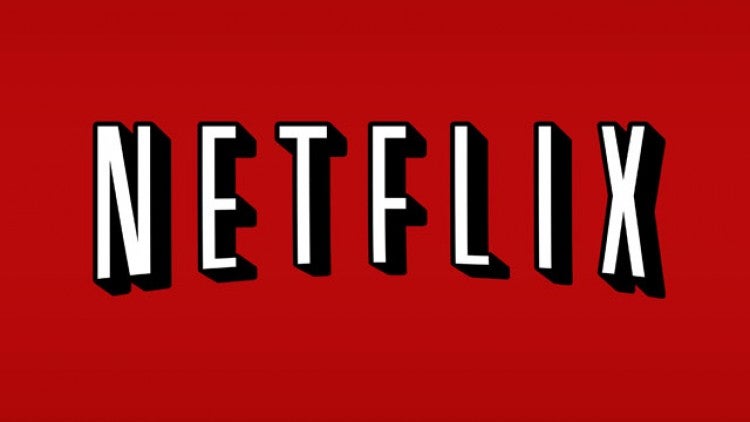Netflix reveals ambitious plan to improve streaming

Netflix is planning to roll out a new piece of technology that will lower its internet bandwidth whilst enhancing the average streaming quality.
The popular TV and movie streaming subscription service is responsible for a significant chunk of internet traffic, particularly in its native US. This causes performance problems, particularly around peak streaming times.
Since 2011, Netflix has been working on a new approach to streaming. Rather than adjust the quality of its streams according to the user’s bandwidth, the company is now focusing on the precise demands of each film and TV show episode.
As a recent Variety report explains, an episode of My Little Pony, with its simple block colours and static ‘camera’, doesn’t require the high bitrate of The Avengers movie and its detailed, fast-moving action scenes. The company’s new approach is to re-encode all of its content according to this way of thinking, which it believes could cut down on the amount of data it uses by as much as 20 percent.
Netflix has developed a special tool in conjunction with researchers at the University of Southern California, the University of Nantes and the UT Austin to automatically analyse each piece of content and determine how much bandwidth it really needs.
While Netflix will be using less data, it will actually boost the quality of many programme streams for those on slower connections. This is because they will be able to output 1080p nd 720p streams at lower bitrates than before.
Related: Netflix vs Amazon Video
Netflix has already begun the process of transforming its content in this way, and it expects to have a thousand re-encoded titles on its storefront by Christmas. The entire process should be complete by the end of the first quarter of 2016.
Ultimately, this will improve the Netflix experience in existing territories, reducing those peak-hour performance hits. It should also improve streaming performance to smartphones mobile connections, and will enable Netflix to expand into countries with slower internet access.
Next, take a look at our smartphone buyers guide video:


